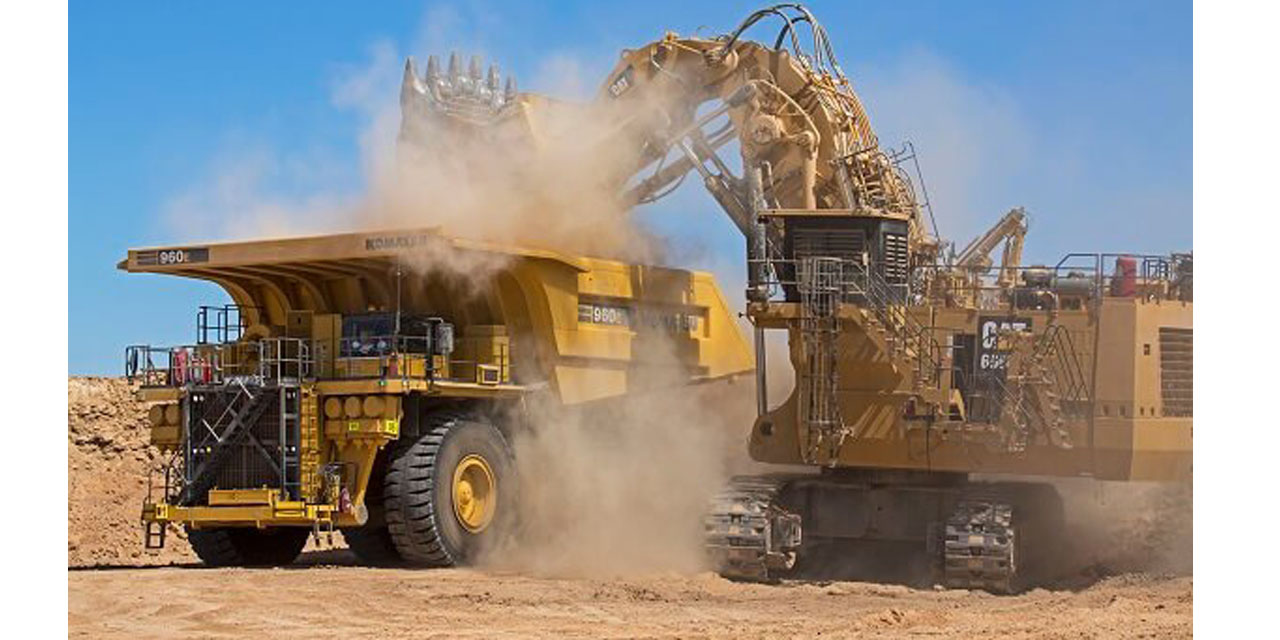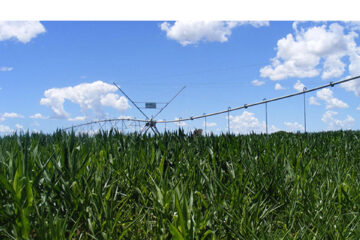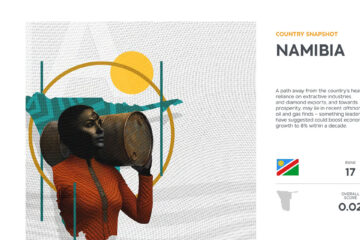CHAMWE KAIRA
In 2024, total direct employment in Namibia’s mining industry increased to 20 654, marking a 13.6% rise from 18 189 recorded in 2023, based on the Chamber of Mines of Namibia statistics.
The chamber said this growth highlights the continued expansion of the sector, despite a few retrenchments reported during the year.
“The steady rise in employment underscores the industry’s resilience and its contribution to national job creation efforts. Employees in the mining sector collectively contributed N$1.69 billion in Pay-As-You-Earn (PAYE) tax, further emphasising the sector’s role in supporting public revenue.
The total wage bill amounted to N$7.9 billion, demonstrating the industry’s significant impact on household incomes and the broader economy,“ the chamber said.
In 2024, the mining industry maintained its commitment to local procurement as a critical factor in the promotion of inclusive economic growth.
A total of N$24.1 billion was spent on goods and services procured from Namibian registered businesses.
“This figure accounts for approximately 46.2 % of the industry’s total revenue of N$52.295 billion. The mining industry not only stimulates national economic activity but also strengthens small and medium enterprises, supports local employment creation, and contributes to long-term socio-economic development in Namibia by maintaining a high proportion of local procurement.”
In 2024, Namibia’s mining sector witnessed several significant milestones.
The Langer Heinrich uranium mine successfully resumed production after six years of care and maintenance, commissioning its processing plant and achieving first production of yellowcake.
This reopening was driven by uranium prices reaching a 15-year high, fuelled by global commitments to expanding nuclear energy capacity, the chamber said.
Consolidated Copper Corp recommissioned the Tschudi copper plant in August, initiating the production of high-quality London Metal Exchange (LME) Grade A copper cathode.
“Over 75% of refurbishment capital was sourced locally, supporting Namibian businesses and creating over 60 jobs. This effort aligns with Namibia’s emphasis on mineral beneficiation and marks the first phase of CCC’s strategy to recommission three brownfield copper mines in the country.”
The Namibia Competition Commission approved two major transactions in August. Shanjin International acquired Osino Resources Corp., which includes the Twin Hills Gold Project, an operation with projected annual production exceeding 162,000 ounces and a 13-year mine life.
Meanwhile, Dundee Precious Metals Inc. sold its Tsumeb smelter to Sinomine Resource Group for US$20 million, allowing Dundee to focus on its primary mining operations and growth strategies.
Bannerman Energy Ltd. advanced the development of the Etango Uranium Project in the fourth quarter. Key achievements included the completion of water supply infrastructure, the initiation of bulk earthworks, the first blast at the primary crusher site, and progress in detailed engineering for processing facilities.
Reptile Uranium Namibia, a subsidiary of Deep Yellow Limited, made significant progress on the Tumas uranium project, which is poised to become Namibia’s fourth uranium mine.




